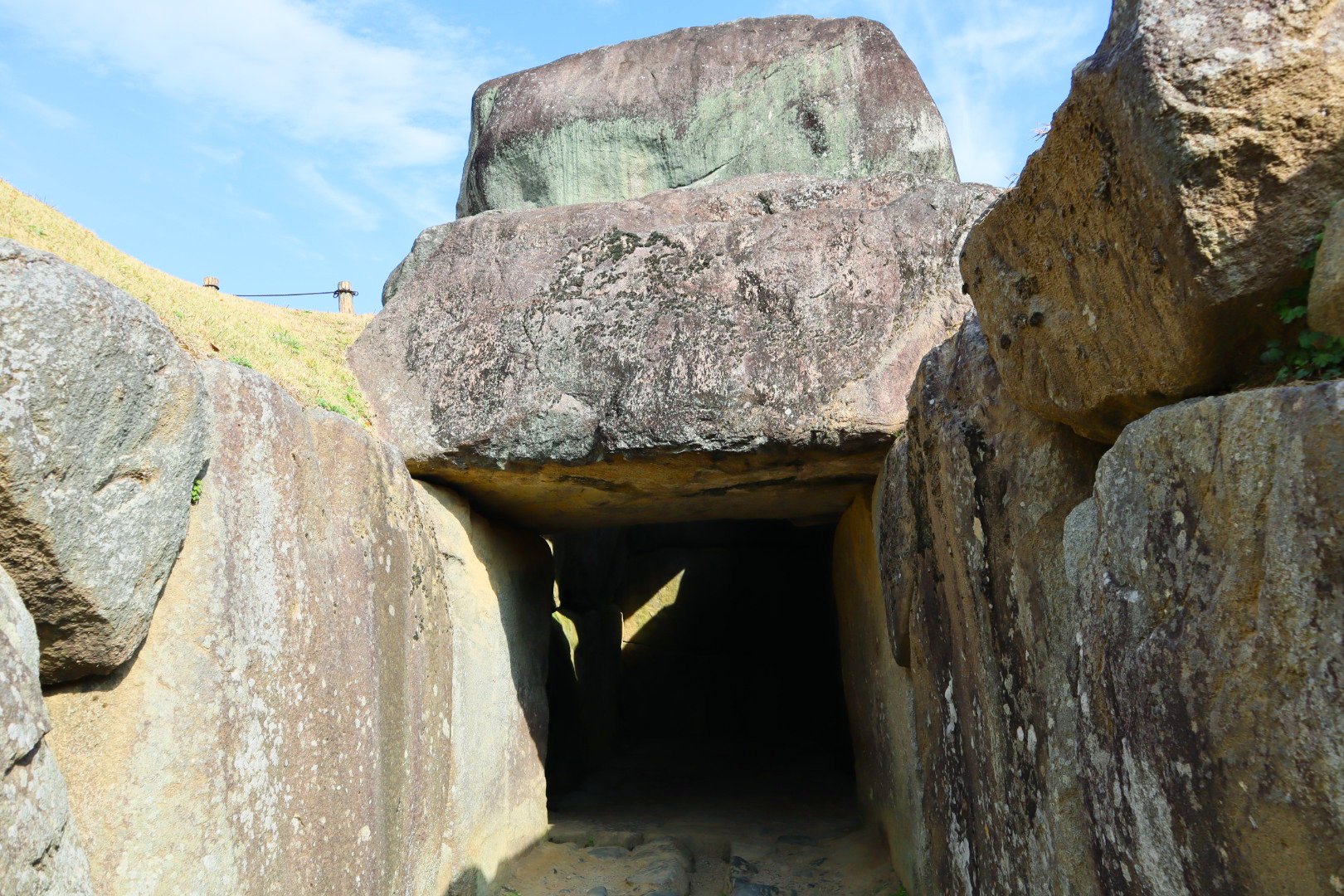- Explore Nara: Where Japan’s History and Nature Come Together
- Eternity of History and Natural Beauty at Toshodaiji Temple
- A historical journey to Asuka Land
- Explore Ishibutai Kofun Tumulus associated with the Soga clan
- Asuka Palace Site as a National Historic Site
- An Appreciation of Japanese Buddhist Architecture at Horyu-ji Temple
- Asuka Village where rural landscape and history coexist
Explore Nara: Where Japan’s History and Nature Come Together
In Japan, there are many places where history and nature come together in beautiful harmony.
Of these, Nara still retains the atmosphere of an ancient capital and attracts many travelers.
Visiting these spots, where historical buildings have a strong presence and are dotted with beautiful natural surroundings, will allow you to feel the harmony of Japanese history and nature.
In this article, we will introduce such famous places in Nara and explore them from the perspective of Japanese sensibilities.
Eternity of History and Natural Beauty at Toshodaiji Temple
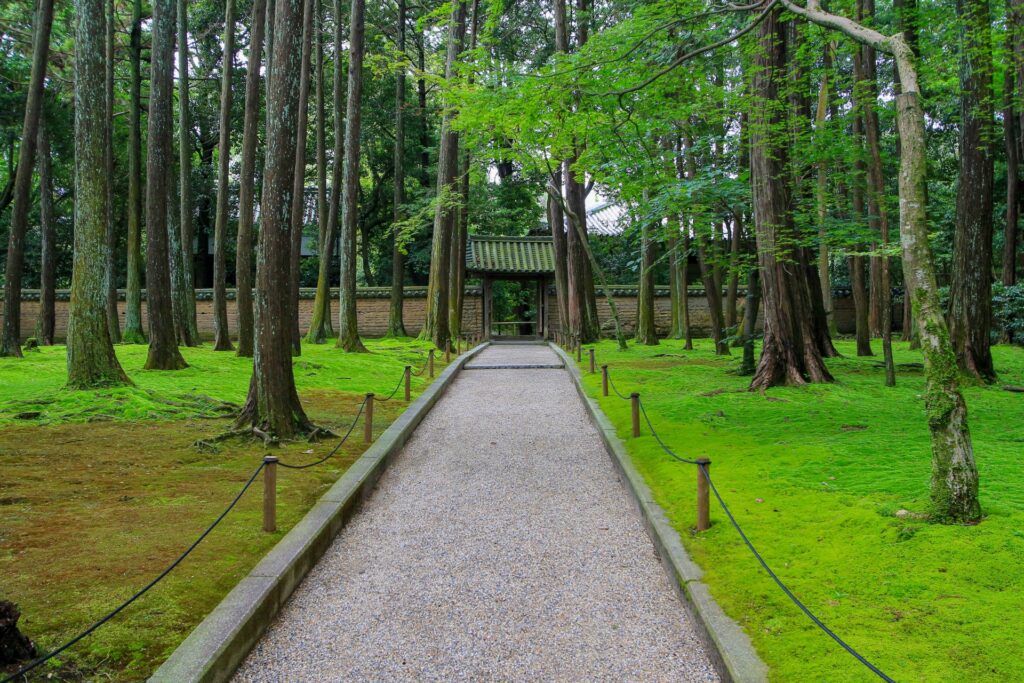
Toshodaiji Temple, one of the most famous sightseeing spots in Nara Prefecture, was founded in 759.
Three statues of Yakushi Nyorai, designated as national treasures, are displayed in the hall.
Toshodaiji Temple is surrounded by deep greenery, and one of its features is the natural beauty of the four seasons.
Nara is a popular area for school excursions and family trips for many people in Japan.
While the area is crowded with tourists during the tourist season, you can enjoy a peaceful time if you visit in the morning or evening when it is quieter.
When you visit Toshodaiji Temple, you can fully experience its harmony with nature.
A historical journey to Asuka Land

Asuka-ji Temple is a symbolic spot of the Asuka Period in Nara.
Erected by Soga Umako in 596, this temple symbolized the power of the Soga clan.
Asukadera TempleThe main attraction is the oldest statue of the Great Buddha in Japan, sitting on a circular pedestal.
This place, which attracts many tourists, gives visitors a sense of Asuka-era Japan.
It is a fascinating episode for history buffs to hear that Prince Shotoku, a famous figure in history, once met with this Great Buddha.
When you visit Asukadera Temple, please feel its long history and enjoy the feeling of “standing here”.
Explore Ishibutai Kofun Tumulus associated with the Soga clan
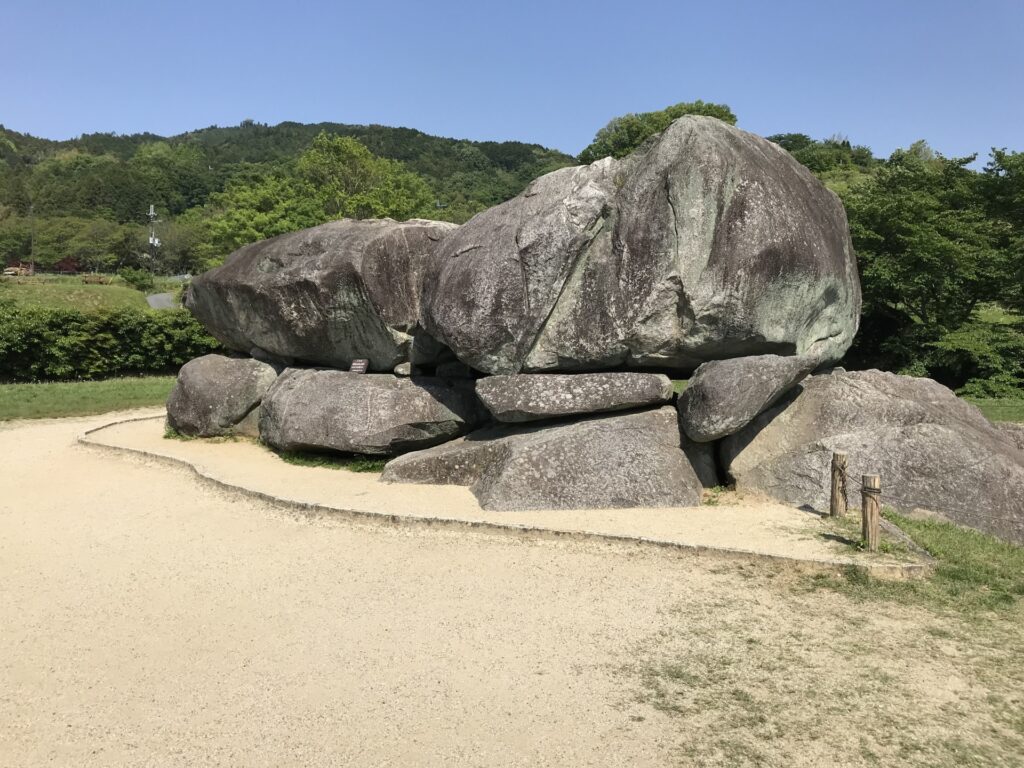
The next spot to visit is Ishibutai Kofun Tumulus, which is believed to be the tomb of Soga Umako.
Located in the Asuka area, this burial mound will surprise visitors with its enormous size.
In particular, the fact that 78 tons of stones were piled up by human hands tells of the advanced technology of the time.
In addition, the interior of the Ishibutai Kofun Tumulus still retains the appearance it had at that time, giving visitors a sense of its long history.
Behind the events that have left their mark in history books, there are places that are usually invisible.
It is significant that the tumulus is the centerpiece of Nara’s tourism.
Asuka Palace Site as a National Historic Site
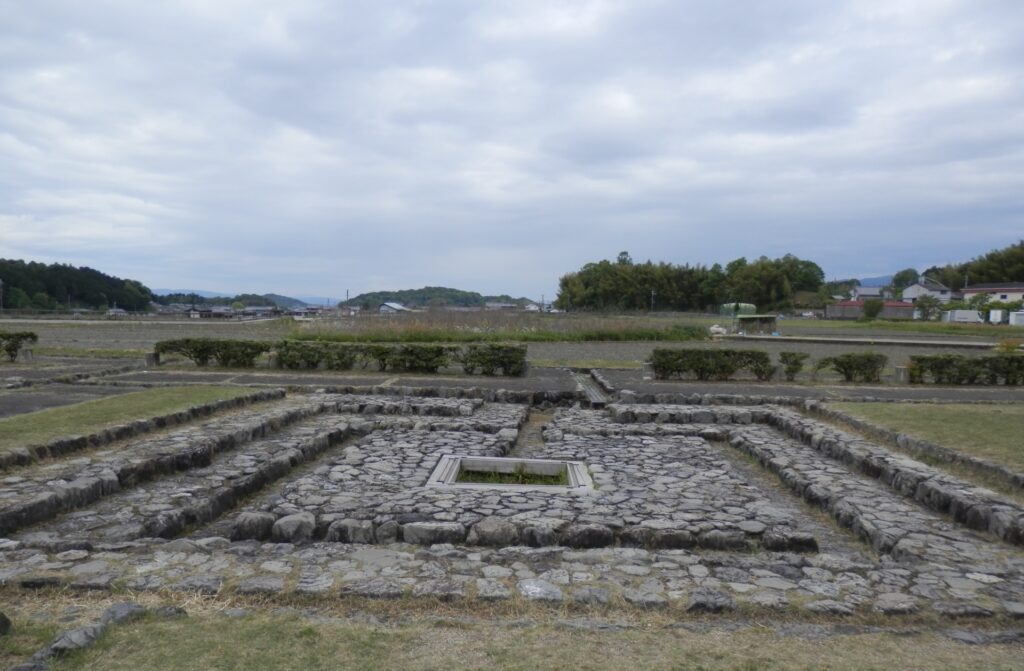
The Asuka Palace Site is essential to the history of Japan.
This site, which was also the scene of the Taika Reform in 645, is considered a cherished site by many history buffs as the place where historical events took place.
Inherently, a well from that time has been restored in this place with beautiful countryside scenery.
Standing here, you can touch a part of the life of those days and feel the flow of history.
Walking through these ruins, you feel as if you can relive the drama of history as it was wielded in each of them.
An Appreciation of Japanese Buddhist Architecture at Horyu-ji Temple
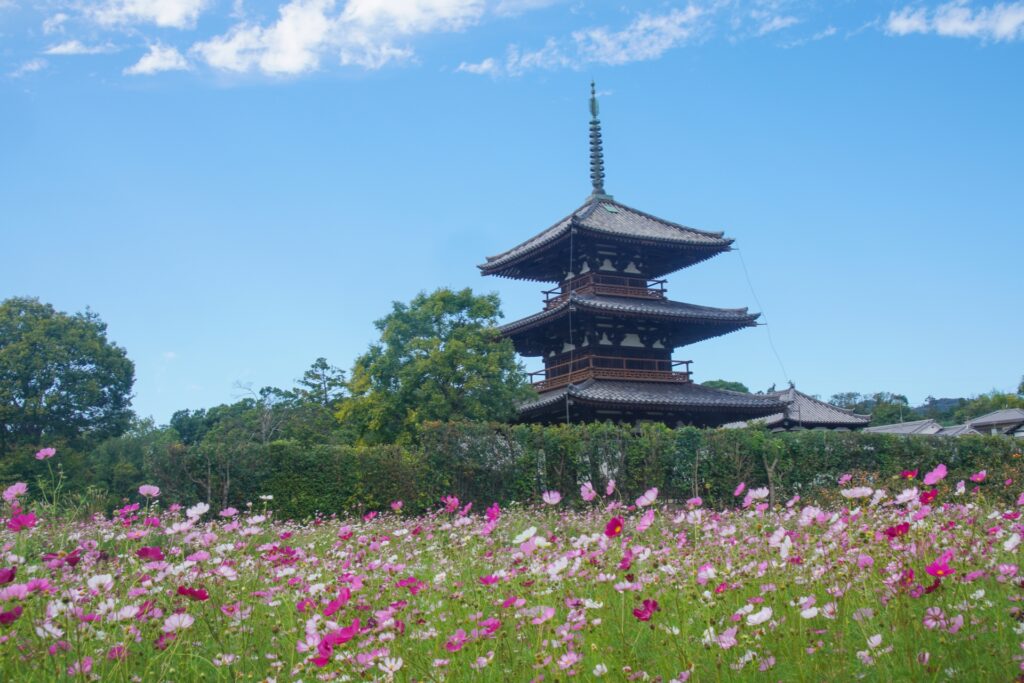
Horyu-ji Temple boasts the world’s oldest group of wooden buildings and is an ever popular tourist attraction in Nara.
Horyu-ji Temple is said to have been built by Prince Shotoku, and is an impressive example of the deep connection between Japanese history and Buddhism.
The magnificent five-story pagoda and other valuable Buddhist statues and architecture at Horyu-ji Temple fascinate visitors.
The beauty of the temple has not changed over the years and continues to provide new impressions to visitors.
When you visit Horyu-ji Temple, you can enjoy the beauty of its historical formations to your heart’s content.
Asuka Village where rural landscape and history coexist
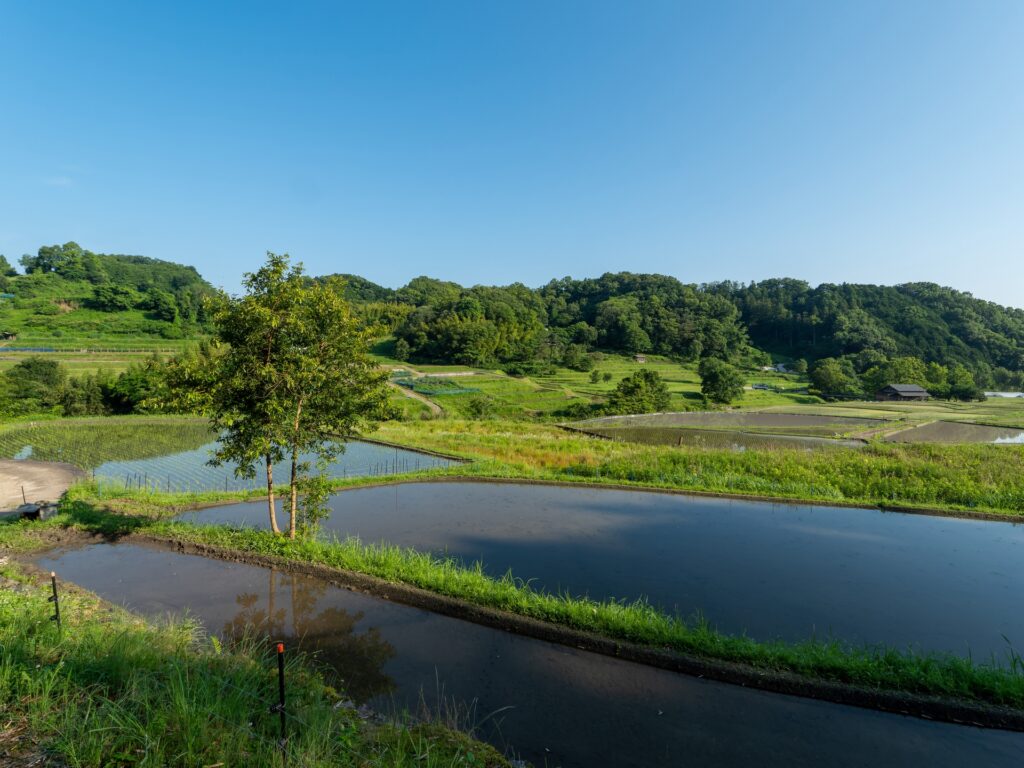
After you finish visiting Nara’s historical spots, please take a walk through the rural landscape of Asuka Village.
Here in Asuka Village, many buildings and remains of historical value have been preserved, making it a special area where you can feel history in your daily life.
This is the perfect place to forget the hustle and bustle of daily life and quietly experience history.
By walking, you can take your time to enjoy the historical scenery.
Please visit the quiet cobblestone pavement once in a while to feel the history.
In conclusion, Nara has a special meaning as a place not only for sightseeing but also for experiencing historical values that resonate with Japanese people.
It is important for modern people to suddenly feel history and have time to spend with nature in their busy daily lives.
We invite you to go out and experience Nara’s history and nature on your next holiday.
You are sure to make new discoveries that will enrich your mind.

